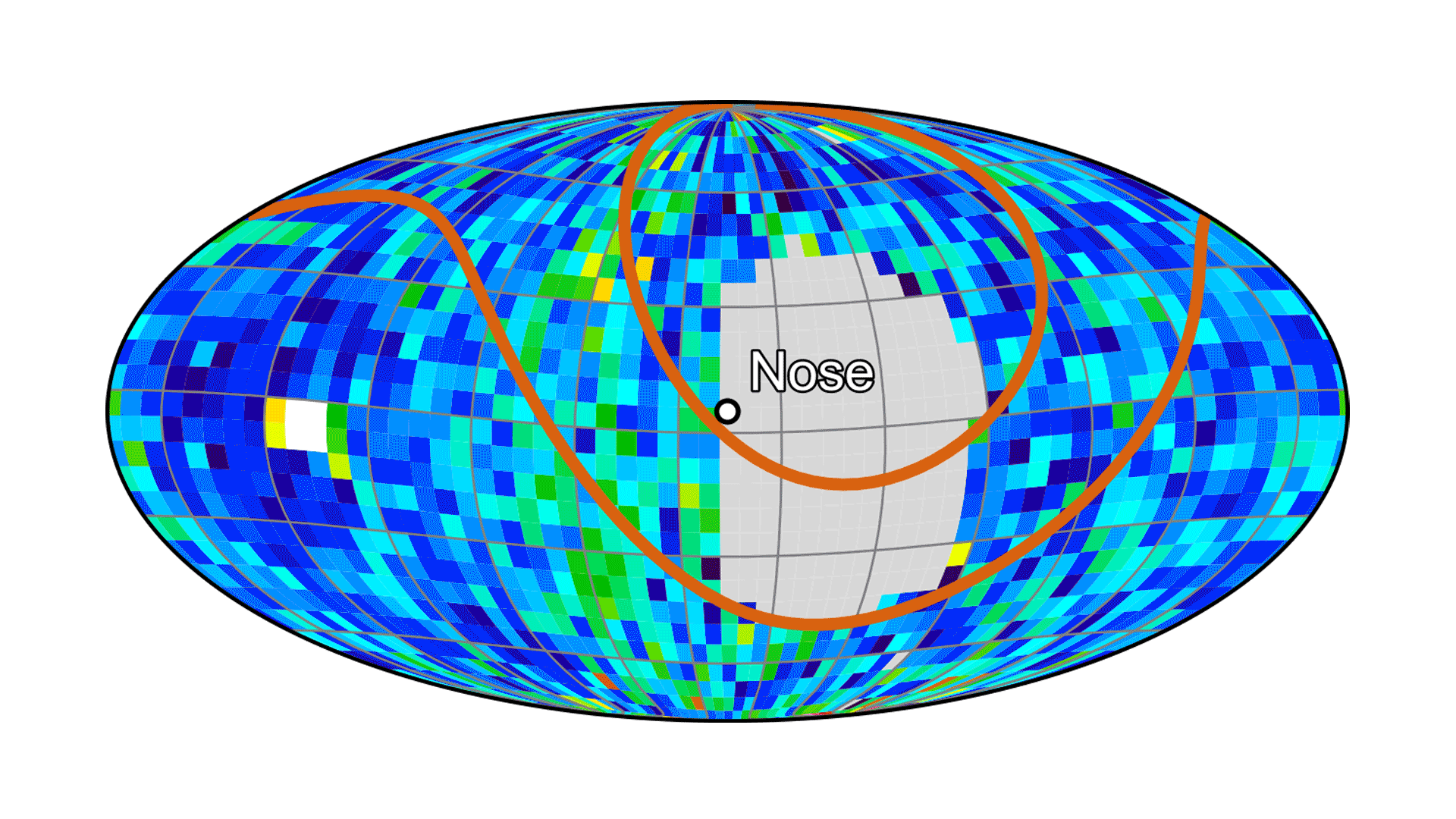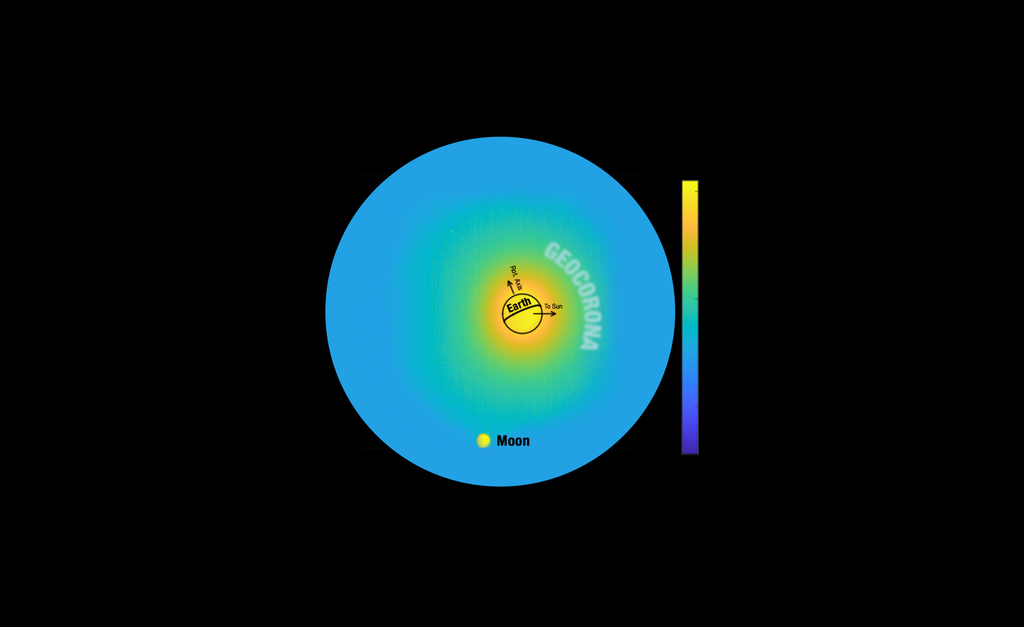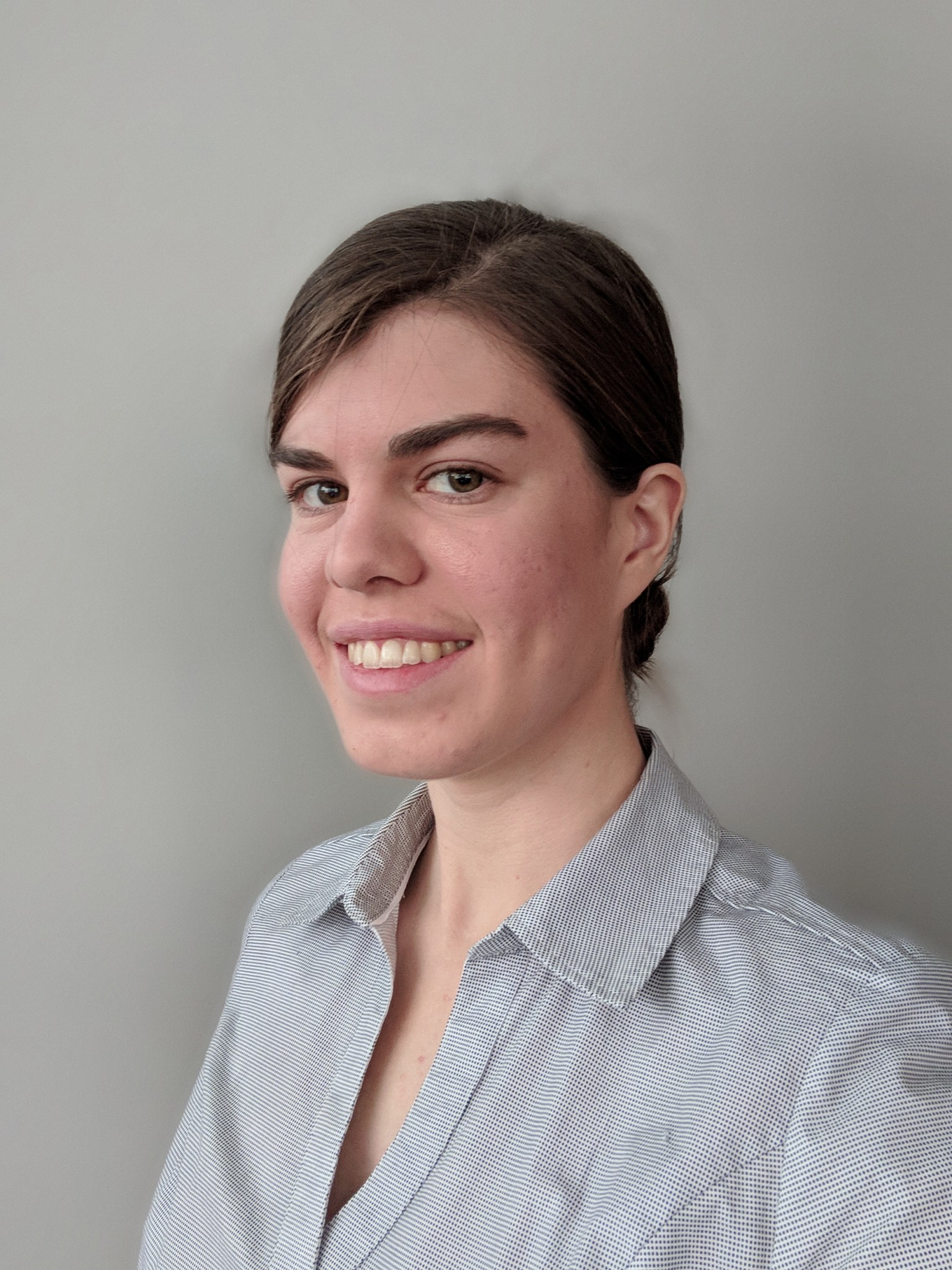Catherine Pavlov
Carnegie Mellon University
The cost of launching planetary robotic platforms is astronomical; robotic mobility systems must be lightweight and highly reliable. Non-cohesive soil poses one of the primary threats to wheeled robots, which can easily become embedded. New soft/friable terrain mobility systems are needed if we are to accelerate the robotic exploration of our solar system.
Power storage and mass are limited onboard spacecraft, causing competition between mobility, computing, and scientific instrument systems. This naturally leads to the question ‘How can we gain greater mobility from existing systems with minimal physical additions?’
In general, field robots seek to avoid contact with the environment except for intentional manipulations performed by an end effector. Nonprehensile manipulation seeks to utilize incidental interactions with the environment to accomplish tasks. By treating the ground itself as a target for manipulation and modification, nonprehensile manipulation can be used to increase mobility or locally terraform for a variety of reasons. I propose the extension of the concept of non-prehensile terrain manipulation to novel mobility concepts. To this end, I propose the development and testing of platforms that enable rovers to cross difficult terrain, namely (inclination of greater than 15 – 20 degrees) slopes with soft soil or loose rock.
While the concept of nonprehensile manipulation is well established, it has only recently been applied to manipulation of terrain, and has not been applied to mobility problems. This will be accomplished by exploring methods for rovers to achieve a) cross-slope traversal via leveling of drive path while in transit, b) ascent of loose slopes via terrain compaction and c) ascent of loose slopes via material removal. These transit modes will be built from robust terrain manipulation primitives, which in turn will be driven by novel soil-displacement focused terramechanics models.
Models have been developed to account for reduced wheel size and driving with nonzero slip angle, but even these are primarily concerned with tractive ability and driving performance. No thought is given to the movement of soil. By combining these models with basic soil mechanics, I will develop new models which determine soil displacement from a given rover state. I will develop a library of motions for moving soil based off the models developed. Analysis of these models will be used to determine wheel motions capable of moving terrain with minimal impact on mobility. These will be tuned and refined with platform experiments.
Here, classic terramechanics models concerning terrain trafficability and rover traction will be combined with the developed soil manipulation primitives. Comparison of a wide range of traversable and un-traversable soil topographies will be used to generate heuristics for converting impassable terrain to traversable terrain, e.g. by filling a ditch with soil to cross it. ‘Transit modes’ will then be composed by combining terrain manipulation primitives to produce the desired topographical modification.
Once transit modes have been developed, they can be integrated into a kinodynamic motion planner. The state space of the terrain shape will be reduced to a computationally feasible size via approximation of the height map as a Gaussian process or a similar low dimensional model. This planner will be demonstrated on a rover platform which will cover challenging terrain it is unable to access via regular driving maneuvers.
This project will not only yield methods of improving mobility, but ones that do so in a way that is mass efficient, energy efficient, and space efficient. By investigating low TRL technologies on high TRL platforms, improved high TRL systems can be quickly developed for use on NASA missions. Higher robotic mobility on soft soils, slopes, and mixed terrain is applicable to planetary missions, especially on Mars, namely, this work will be applicable to Mars Sample Return.

























